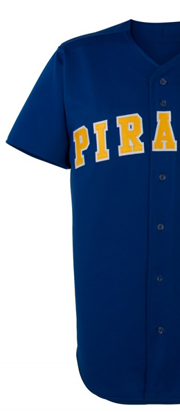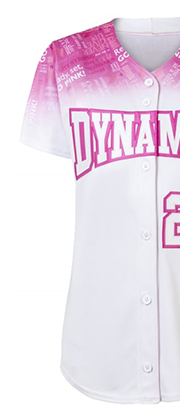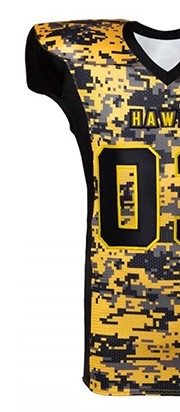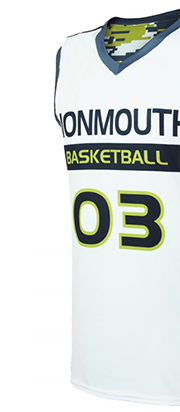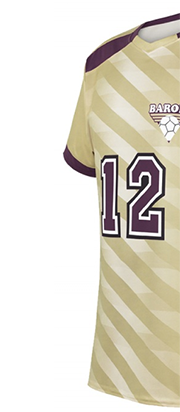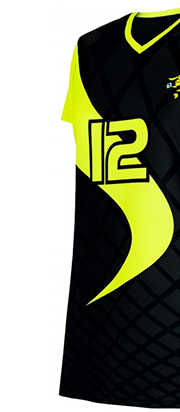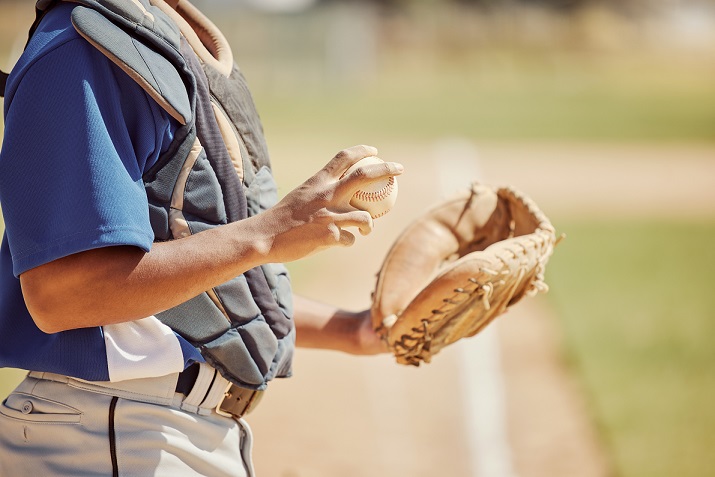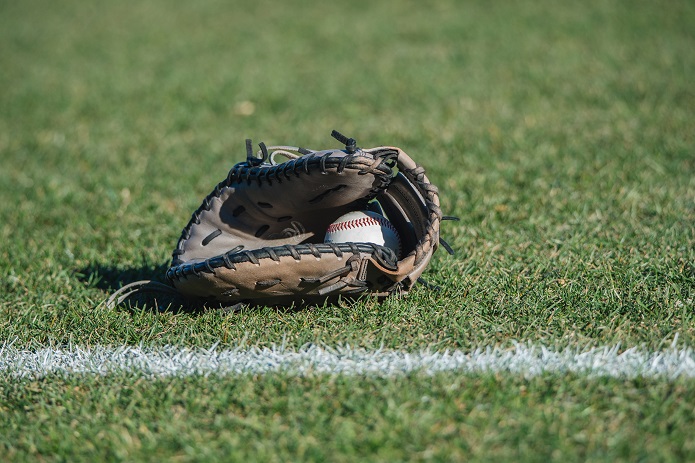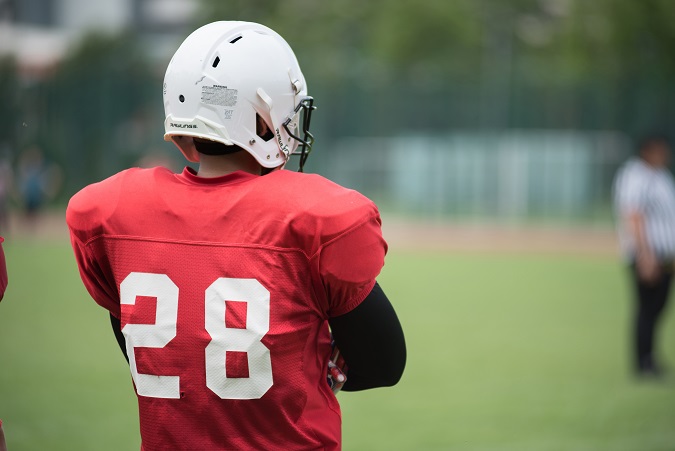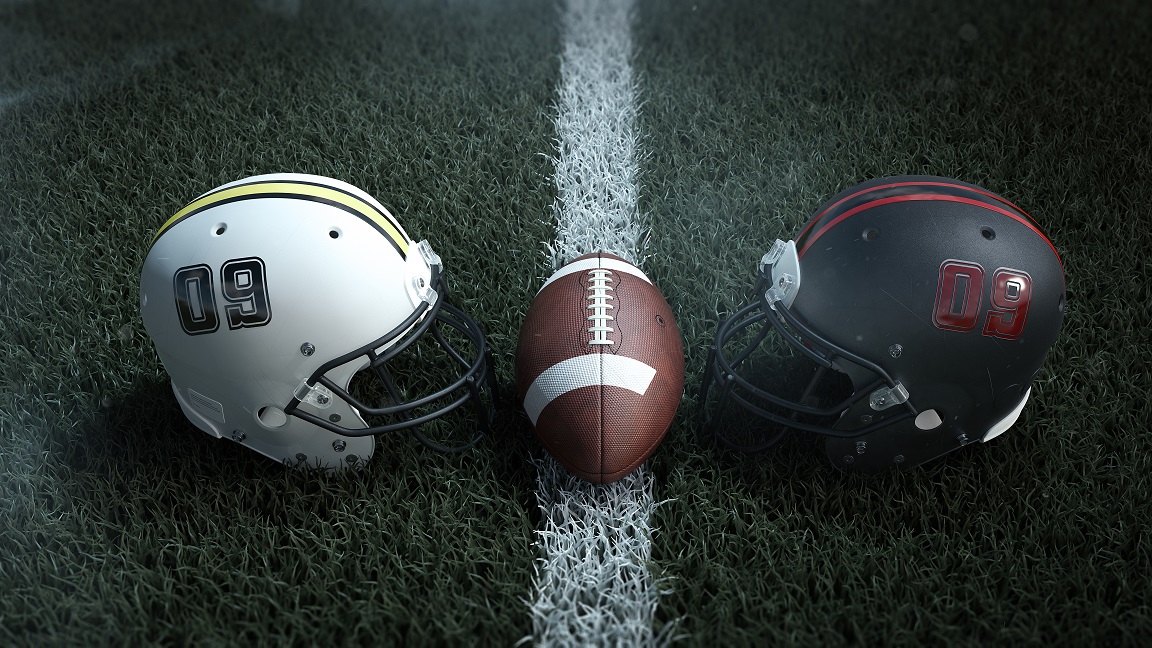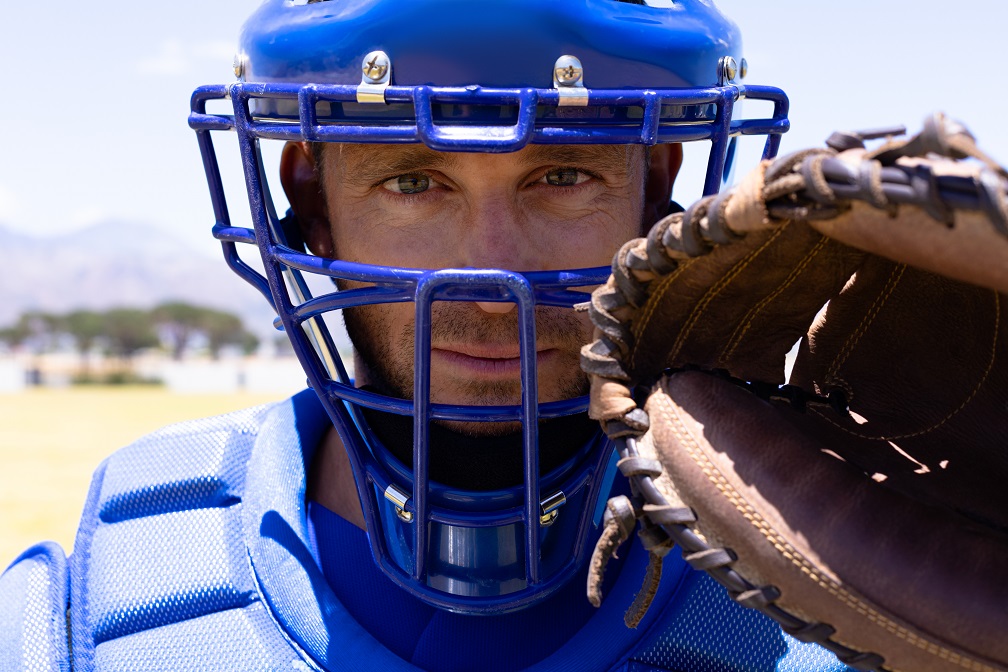Baseball is one of America’s most beloved pastimes, and it can be a great way to get kids engaged in exercise and competition. But before allowing your child to join a team or begin playing, it is important to understand the different levels of baseball available for kids.
From Little League Baseball to more competitive travel teams, there are numerous ways for children of all ages and skill levels to enjoy the sport. Before signing up for any program, parents should familiarize themselves with the various levels of baseball available for kids and the benefits that come with each level.
Little League Baseball is one of the most popular leagues for young players aged 4-16. This type of league offers a balance between competition and fun, allowing kids to hone their skills while also having an enjoyable time on the field. Little League emphasizes sportsmanship and is organized into divisions based on age so that players are evenly matched against teams at similar developmental stages.
Besides Little League, other youth leagues offer different levels of play for older age groups or more competitive formats. Travel teams or “select” teams provide a higher level of play than the recreational teams but generally require more commitment from players throughout the season. There are also “elite” or professional feeder programs designed specifically for high school-aged players looking to take their game to the next level and potentially play college baseball in the future.
Each child will have his/her individual development needs when it comes to playing baseball, so it’s important that every parent researches which level best fits his/her child’s current abilities and interests. Factors such as skill level, commitment level, social maturity, and even physical size should all be taken into consideration when deciding which type of program is right for your family’s needs. It can also be beneficial to watch practice sessions of different leagues before making a decision regarding which team or league would be best suited for your child and their baseball uniforms.
Playing various levels of baseball can provide children with many wonderful experiences both on and off the field. From learning about teamwork in Little League games to competing alongside other talented athletes in select tournaments, youth baseball has something for everyone regardless of age or experience level. Understanding these different tiers is essential if you want your kid to enjoy everything this exciting sport has to offer!
Key Takeaways:
1. Understand the different levels of baseball available for kids before signing them up for any program.
2. Little League emphasizes sportsmanship and is organized into divisions based on age so that players are evenly matched against teams at similar developmental stages.
3. Travel teams or “select” teams provide a higher level of play than recreational teams but generally require more commitment from players throughout the season.
4. Factors such as skill level, commitment level, social maturity, and even physical size should all be taken into consideration when deciding which type of program is right for a child’s needs.
5. Playing various levels of baseball can provide children with many wonderful experiences both on and off the field.
6. Little League provides an ideal setting for young players to hone their skills and grow as athletes, while Major League Baseball focuses primarily on winning and individual player improvement through free agent signings, trades, and development programs.
7. The biggest difference between Little League and MLB lies in the amount of playing time each team receives; little leagues typically have seven innings per game with no overtime allowed, while Major Leagues may have nine innings or more to give both teams an equal chance at victory.
Overview of Little League Baseball and how it differs from Major League Baseball
Little League differs from Major League Baseball (MLB) in several important ways. The focus of Little League is on teaching teamwork, and skill development, and providing a safe environment for kids to learn the basics of America’s favorite pastime. MLB teams focus on winning above all else while also fostering individual player improvement through free-agent signings, trades, and developmental programs. Player safety is another big difference between the two levels – whereas Major Leagues have stringent regulations concerning equipment such as bats and helmets, Little Leagues rely largely on volunteer umpires and coaches who may not have access to the same level of equipment or resources as professional organizations.
The biggest difference between Little League and MLB lies in the amount of playing time each team receives. Little Leagues are typically limited to seven innings per game with no overtime play allowed, whereas Major Leaguers often play nine innings or more to give both teams an equal chance at victory. Professional teams also have longer practices throughout the season due to their larger budgets, which allow them more opportunities for growth than lower-level teams possess.
Overall, Little League provides a great starting point for children interested in baseball by allowing them to learn rules, practice fundamentals, and gain confidence without feeling overwhelmed by pressure from high-level competition or unrealistic expectations associated with professional leagues. Parents should take advantage of this opportunity by understanding its differences from MLB while still stressing individual effort and skill building at home during practice sessions as well as during games.
Tips for choosing the right level of baseball for a child
Choosing the right level of baseball for a child can be tough, as there are many different options available in terms of skill levels, commitment requirements, and even physical size. Here are some tips to help you choose the best option for your child:
1. Assess skill level and commitment – First, assess your child’s current skills and interest level in playing baseball. Talk to your child about their goals and what type of team they would most like to join. Determine if they have any special interests or ambitions that might lead them toward seeking out higher levels of competition.
2. Understand all levels of play – There are several different types of teams available ranging from recreational leagues up to professional travel teams (or “select” teams). Make sure you understand the time commitment, rules, regulations, and expectations associated with each level before making a decision.
3. Consider the physical size – As children grow older it is important to evaluate if their physical size is appropriate for their age group or if moving up an age division may be necessary due to their advanced stature.
4. Find suitable facilities – You’ll want to find a facility that provides safety, fun, and good competition with enough resources for all players involved; such as uniforms, quality coaches, adequate fields, and equipment that should suit the ages and abilities levels of those participating in the program.
5. Know when it’s time for change – It’s always important to keep an open mind about changing programs or moving up an age division when necessary; whether due to declining interest levels or because it appears that your child has outgrown his current team’s level of play – switching plans could be beneficial in both cases!
Ultimately, selecting the right baseball program for your child requires careful thought and consideration but can be greatly rewarding if done correctly! Not only will it provide growth opportunities athletically but also socially – helping build confidence while having fun at the same time!
How to progress up the ranks as a player continues to improve his or her skills
As a player continues to grow and improve, the prospects of progressing up the ranks also increase. This can often be a daunting task but with some careful consideration of your options, it is possible to advance up the ranks within any sport. Here are some tips on how to progress as a player:
1. Practice smart – Make sure you’re putting in quality practice time each day. This means focusing on developing specific skills and taking regular breaks to prevent burnout. Make sure you’re pushing yourself out of your comfort zone and setting realistic goals for yourself so that you can measure progress over time.
2. Enter competitions – Competitions are great for testing your skill and seeing how you stack up against other players. Consider entering local and regional tournaments or leagues in which you can compete against similar levels of competition as well as more advanced players.
3. Find a mentor – Having an experienced coach or mentor who understands your development needs and can provide valuable guidance is priceless when it comes to progressing as an athlete. Look for someone who has proven success at higher levels, such as college athletics or professional sports, to get the most out of their mentorship experience.
4. Invest in equipment – As your skills improve, investing in high-quality training gear or equipment that suits your current playing level may be necessary to further develop those skills even further (for example, golf clubs for a beginning golfer). Companies like Adidas and Nike offer many high-performance items that can make all the difference when it comes to improving sports performance and striving for excellence!
5. Develop mental strength – Mental strength plays an important role in staying focused on reaching personal goals in any activity or sport. Strategies such as visualizing success or breaking down tasks into small manageable steps can help develop mental toughness so that when faced with difficult challenges on-field, one can remain calm and confident despite any distractions or pressure they may feel!
Progressing up the ranks takes dedication and hard work but following these steps will put athletes in good stead toward maximizing their potential no matter what level they’re currently playing at!
Conclusion
Selecting the right level of baseball for a child can be a daunting yet rewarding process. It’s important to assess your child’s current skills and interest level in playing baseball, understand all levels of play, consider physical size, find suitable facilities, and know when it’s time for a change. Ultimately, it comes down to parents doing their research to decide what age and level are best suited for their particular child’s skill set.
When it comes to finding more information about what age and level are right for their child, parents should do their research by talking with coaches or mentors who know each program as well as reaching out to other parents in the same situation. Reading reviews online from other parents and players in different programs can also provide helpful insight into which programs may match up with the goals and needs of your family better than others.
Ultimately, selecting the appropriate baseball program calls for patience, understanding, and some thoughtful investigation – however, if done correctly it can be an extremely rewarding experience that helps foster growth both on and off the field!

